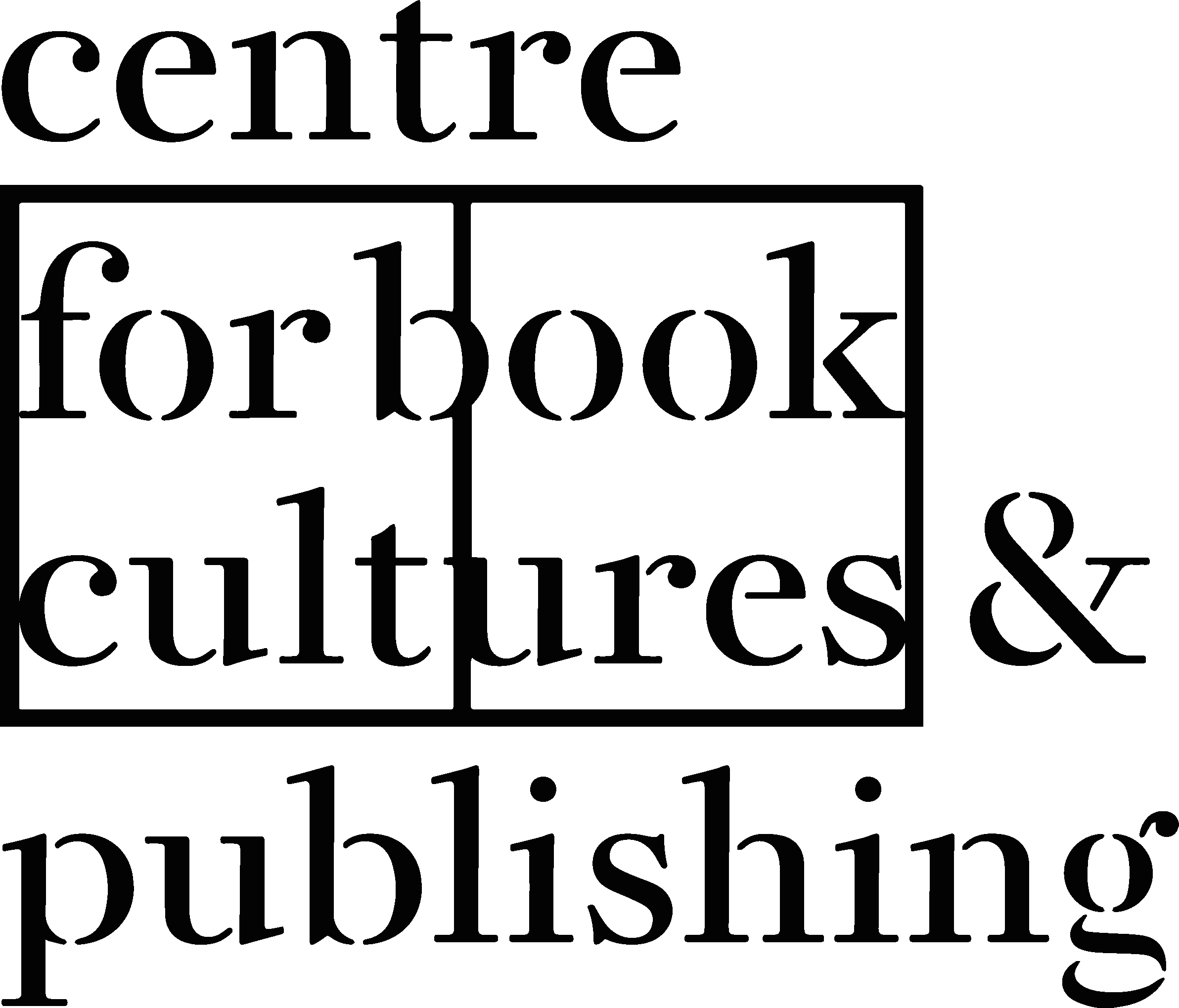by Jennifer Davis Taylor, Short-Term Postdoctoral Research Fellow (2025), University of Reading
How is femininity made—not just socially, but textually, visually, ideologically?
In 1697, Charles Perrault—best known today for fairy tales such as Cinderella and Little Red Riding Hood—offered a surprising answer. In Adam, ou la création de l’homme, a poetic retelling of Genesis, Perrault stages the creation of Eve as a moment of aesthetic collaboration, spiritual symbolism, and ideological tension. Little known and long overlooked, this extraordinary work lies at the centre of my postdoctoral project: Constructing Eve: A Materials Investigation of the Iconic Woman.
Supported by the University of Reading and drawing on its strengths in book and print history, this project brings together literary analysis, art history, gender studies, and material text methodologies. It asks how Eve—a foundational figure in Western ideas of femininity and sin—was constructed not only through words, but through design, print labour, and embodied imagination.
This forgotten Eve matters. Perrault’s tales such as Bluebeard and Red Riding Hood continue to shape global gender narratives. Scholars have long assumed that fairy-tale heroines reflect the biblical Eve. Maria Tatar, for instance, suggests a biblical archetype underlies Bluebeard, though she was unaware that Perrault had explicitly retold the Genesis story. Re-examining Adam provides a new lens through which to reassess the feminist metanarrative often applied to Perrault’s work.
What also sets Adam apart is its form: a manuscript illustrated by court painter Noël Coypel, engraved by royal artisans, and published—once—by the printer assigned to the Académie Française. This rich material record raises important questions. Why was the poem, produced with such care, forgotten? And what can its design and production teach us about how femininity was imagined in seventeenth-century France?
These questions led me to embodied methods. What began as literary analysis evolved into creative recovery work—piecing together a forgotten collaboration that resists binaries of soul and flesh, author and artisan.
What the Process Revealed
- The Instruments: The copperplate used in printing is called a matrix—Latin for mother or womb. Pressing ink from its grooves mimics biological labour—exertion falls on the material, not the printer. Print, like birth, is mediated through a feminine form.
- The Press: Perrault saw marriage after the Fall as servitude. The press metaphorically performs this: it only speaks under male control. Yet operating it also revealed that print labour requires gentleness and precision—not strength—suggesting women were excluded from some official records and payrolls due to social norms, not physical limitations.
- Embodied Insight: The press became a kind of prosthesis. Just as Eve was separated from Adam when she was created, the man and the machine must reintegrate to produce. I began to wonder whether male printmakers—though officially entitled to the shop space—subconsciously enacted a symbolic grief and penance in response to female exclusion.
Creative Outcomes
This project includes original creative work inspired by my pressroom experiments: hybrid digital-material pieces that explore how process, form, and meaning intertwine. These works—rooted in grief, power, and reintegration—emerge directly from engaging with the tools in the Historical Presses Workshop, inspired by an author who freely reinterpreted this archetypal story through creative means.
- Type Translation
 Charles Simonneau, the engraver for Perrault’s Genesis, was also developing a new typeface for Louis XIV—what would become the Roman du Roi. Traditionally, such designs were founded in metal to create a printing matrix. In my project, I adapted this process using modern materials: Geoff, our master printer, converted a JPEG of the letter E into a transparency and used a photographic technique to create a polymer matrix. The process generated a highly durable matrix in a “clean” way. Printing with red ink on rag paper—materials similar to those used in the late 1600s—I reproduced the first initial of Eve’s name along with the geometric figures and measurements that reveal the designer’s hand.
Charles Simonneau, the engraver for Perrault’s Genesis, was also developing a new typeface for Louis XIV—what would become the Roman du Roi. Traditionally, such designs were founded in metal to create a printing matrix. In my project, I adapted this process using modern materials: Geoff, our master printer, converted a JPEG of the letter E into a transparency and used a photographic technique to create a polymer matrix. The process generated a highly durable matrix in a “clean” way. Printing with red ink on rag paper—materials similar to those used in the late 1600s—I reproduced the first initial of Eve’s name along with the geometric figures and measurements that reveal the designer’s hand.
- Erasure: A Digital Flipbook
To practise each stage of the printing process as it would have been carried out in a 17th-century print shop, I set individual letters by hand into a frame to create a matrix for inking. Using a single inking of a hand-set matrix bearing the names Adam & Eve, I printed as many impressions as the ink allowed—without re-inking—to witness the gradual fading of the image. Due to the human gesture involved and the irregularities inherent in the wooden press and its packing, Eve faded more quickly than Adam. The resulting series of prints was animated to the evocative sounds of historical printing: metal type clinking, ink hissing, wood and metal colliding. These sounds approximate the rhythm of each page being pulled into existence, echoing the physicality and fragility of the message. As the red ink fades, what lingers is not only the trace of names but also a meditation on persistence, loss, and how stories are unevenly carried forward. This project explores how material processes can speak across time—revealing not only what is printed, but what fades, and why.

